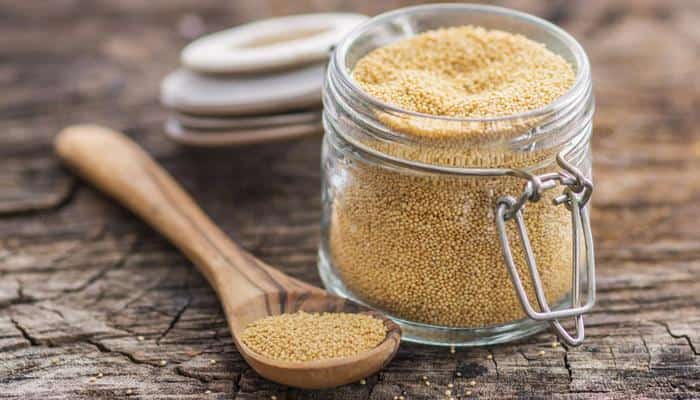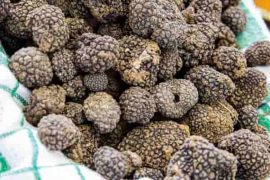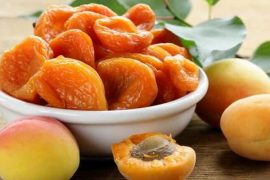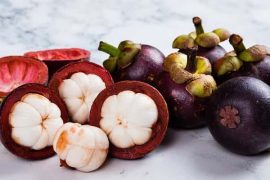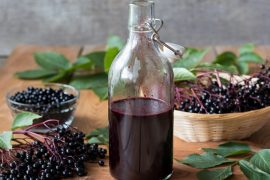Зміст
Amaranth is full of contradictions. On the one hand, it is one of the oldest plants cultivated by mankind, and on the other, it is sometimes called the grain of the 21st century. Ukrainian chefs are more and more interested in it, so it is worth learning about all its benefits in order to fully use them within your four walls. The properties of amaranth cannot be overestimated, and not only people fighting celiac disease, but also athletes and vegetarians should make friends with it.
What should you know about amaranth?
You can also find it under the name amaranth. The indigenous peoples of South and Central America were known more than five thousand years ago. Along with beans and corn, it was one of the most important foods. This was due not only to its availability, but, above all, to its rich composition and high nutritional value. It appeared in Europe in the 16th century. However, like many plants of the New World, it was treated with great distrust, so for a long time it was treated only as an ornamental plant.
Interestingly, amaranth is considered a pseudo-grain because it is botanically much closer to beets, quinoa and spinach.
How to eat amaranth?
For food purposes, small amaranth seeds are used. They are light brown and have a delicate nutty flavor. Amaranth is available in the form of grains that can be prepared and used as an addition to main dishes instead of regular potatoes or cereals. They are great as an ingredient in vegetable cutlets and meatballs. An increasing number of fans are acquiring amaranth flour, which is suitable for preparing dry and sweet pastries.
Extended amaranth: what is it?
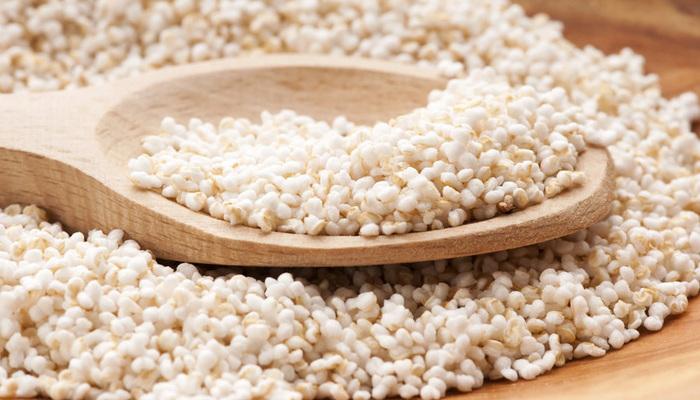
It resembles cooked rice, which many associate from childhood with their favorite snack. Amaranth seeds are exposed to both very high and low temperatures, and the whole process takes place under high pressure. The size of the seeds is slightly larger than that of poppy seeds and increases in volume. In addition, they become softer, making them suitable for human consumption without further processing. You can add them to desserts, cereals, or treat them as a separate treat – perfect for appetizers. Expanded amaranth is also called bursting.
Who better to eat amaranth?
It will be difficult to find people for whom amaranth is not suitable. Invisible seeds hide many vitamins, minerals and amino acids that we must include in our daily diet. Who is amaranth better for?
- Athletes: Amaranth is an excellent source of highly digestible protein. Thus, it helps to take care of strong muscles and bones and to rebuild the body after intense exercise.
- Vegetarians and vegans: People who are skeptical about avoiding animal products often point to a protein deficiency in their diets. Amaranth seeds will help fill the deficit.
- People with celiac disease: Cereals do not contain gluten. Thanks to grains and amaranth flour, you will not have to give up your favorite pastries and flour dishes.
- Heart rate: The seeds contain magnesium and healthy fatty acids that support heart function, lower bad cholesterol levels and reduce the risk of dangerous blood clots.
- Diabetics: Amaranth can be safely added to the list of foods with a low glycemic index. Does not cause sharp fluctuations in blood sugar.
- Tired People: Calcium, iron, magnesium and B vitamins are critical to improving the well-being of people who are under constant stress and high effort, especially mental stress. They will help you focus during times of hard work.
- Convalescents: The high nutrient content strengthens the body weakened by infections and pharmacological treatments. A correctly composed menu will give strength and help you get back in shape faster. At the same time, amaranth has a fungicidal effect, therefore it will be useful in the autumn-winter period as a natural support for immunity.


